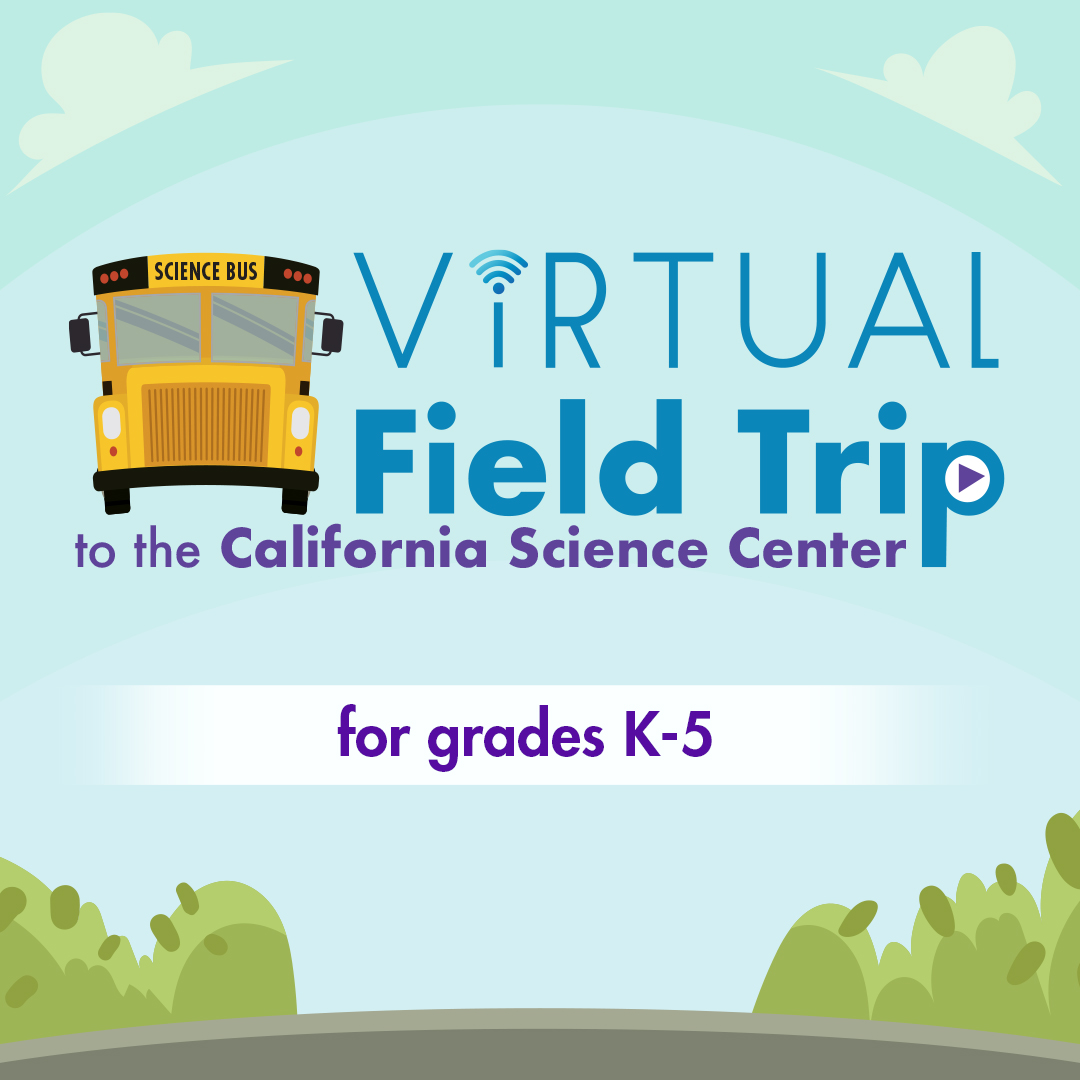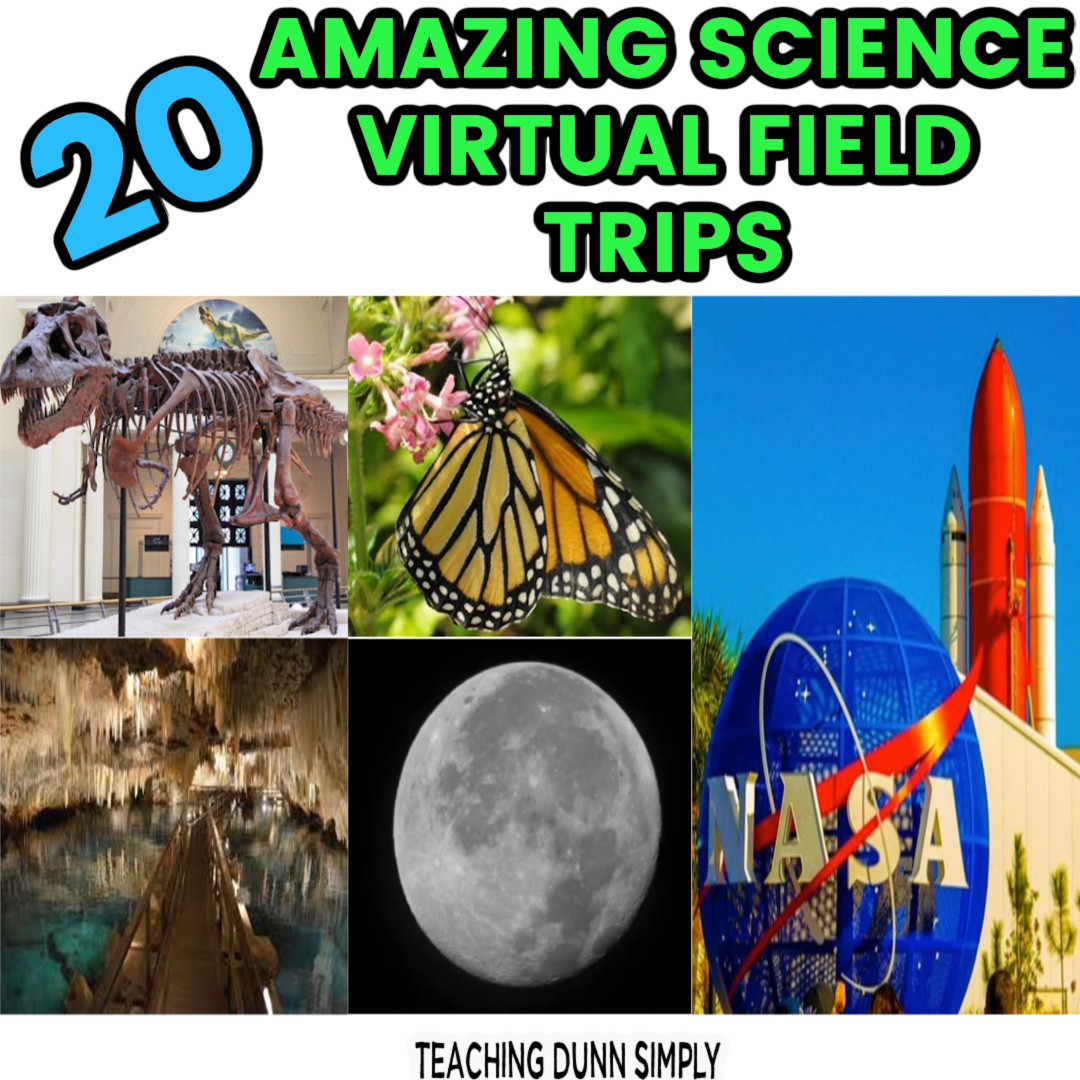Virtual Field Trips Science, Exploring New Worlds
Virtual field trips science offers an exciting new frontier in education, transcending geographical limitations and budget constraints. These immersive experiences bring the wonders of science directly into the classroom, fostering deeper engagement and a more profound understanding of complex concepts than traditional methods often allow. From exploring the Amazon rainforest to dissecting a virtual frog, the possibilities are vast and constantly evolving.
This exploration delves into the various types of virtual field trips available, examines successful examples across different scientific disciplines, and provides practical guidance on creating and implementing effective virtual science experiences. We’ll also discuss accessibility, inclusivity, and the future of this rapidly expanding field, equipping educators with the knowledge and resources they need to harness the power of virtual field trips.
Defining Virtual Field Trips in Science Education
Virtual field trips offer a revolutionary approach to science education, leveraging technology to bring the wonders of the natural world and scientific concepts directly into the classroom. They overcome the limitations of traditional field trips, providing accessible and engaging learning experiences for all students.
Virtual field trips in science education significantly improve accessibility by eliminating geographical barriers and transportation costs. Schools in remote areas or with limited budgets can access diverse learning environments, from the Amazon rainforest to the International Space Station, without the logistical challenges and financial constraints associated with physical excursions. This cost-effectiveness extends beyond transportation; virtual field trips often require less preparation time for teachers and eliminate the need for chaperones and other logistical support.
This frees up valuable resources and allows for more focused teaching time.
Compared to traditional field trips, virtual field trips can enhance student engagement and improve learning outcomes through interactive elements and immersive experiences. Students can actively participate in virtual experiments, explore 3D models, and manipulate variables in simulations, fostering a deeper understanding of scientific concepts. The ability to pause, rewind, and revisit sections allows for personalized learning at each student’s pace.
This tailored approach caters to diverse learning styles and needs, leading to more effective knowledge retention and application.
Types of Virtual Field Trips

The range of virtual field trips available for science subjects is constantly expanding, offering diverse and engaging learning experiences. These experiences encompass a variety of technological formats, each with its unique strengths:
- 360° Videos: Immersive videos allow students to explore locations and environments as if they were physically present, providing a sense of presence and realism.
- Interactive Simulations: These allow students to manipulate variables, conduct experiments, and observe the outcomes in a safe and controlled environment, fostering a deeper understanding of cause and effect.
- Virtual Reality (VR) Experiences: VR technology offers the most immersive experience, transporting students to different environments and allowing them to interact with virtual objects and phenomena.
- Augmented Reality (AR) Experiences: AR overlays digital information onto the real world, enriching the learning experience by adding interactive layers to physical objects or spaces.
Examples of Engaging Virtual Science Field Trips
Several compelling virtual field trips showcase the potential of this technology across various scientific disciplines. These examples highlight the diverse learning opportunities and interactive elements that can be incorporated.
Example 1: Exploring the Amazon Rainforest (Biology)
This virtual field trip uses 360° videos and interactive maps to explore the biodiversity of the Amazon rainforest. Students can virtually hike through the rainforest, identify different plant and animal species, and learn about the rainforest ecosystem. Interactive elements include quizzes on plant and animal identification, a virtual scavenger hunt, and a simulation of the rainforest’s water cycle. This caters to visual and kinesthetic learners through the immersive visuals and interactive activities.
Example 2: A Virtual Chemistry Lab (Chemistry)
This virtual field trip utilizes interactive simulations to allow students to conduct virtual experiments safely. Students can perform titrations, analyze chemical reactions, and explore the properties of different elements. Interactive elements include virtual lab equipment, step-by-step instructions for experiments, and data analysis tools. This approach accommodates various learning styles by combining visual, auditory, and kinesthetic learning through simulation and data analysis.
Example 3: Journey Through the Solar System (Physics/Astronomy)
This virtual field trip employs 3D models and interactive simulations to explore the solar system. Students can virtually “fly” through space, explore different planets and moons, and learn about their physical characteristics. Interactive elements include quizzes on planetary facts, a simulation of gravitational forces, and a virtual telescope for observing celestial objects. This caters to visual and spatial learners through the immersive 3D models and interactive simulations.
Creating Effective Virtual Science Field Trips: Virtual Field Trips Science
Designing effective virtual field trips requires careful planning and consideration of learning objectives, technological requirements, and interactive elements. A well-structured virtual field trip should be engaging, informative, and accessible to all students.
Designing a Virtual Field Trip: The Water Cycle

This virtual field trip focuses on the water cycle. Learning objectives include understanding the different stages of the water cycle (evaporation, condensation, precipitation, collection), identifying the role of the sun and gravity, and explaining the importance of the water cycle for life on Earth. The itinerary includes an introductory video explaining the water cycle, an interactive simulation allowing students to manipulate variables like temperature and wind speed to observe the effects on evaporation and precipitation, and a concluding quiz to assess understanding.
Technological Requirements and Resources
Creating high-quality virtual field trips requires access to appropriate software and hardware. This may include 360° cameras, video editing software, interactive simulation platforms, and virtual reality headsets. Access to reliable internet connectivity is also crucial for smooth delivery and engagement. Open-source software and freely available resources can help reduce costs.
Incorporating Interactive Elements and Assessments
Interactive elements, such as quizzes, simulations, and virtual experiments, are essential for maximizing student engagement and learning. Assessments should be varied, including formative assessments (e.g., quizzes during the trip) and summative assessments (e.g., a final project or presentation). These assessments should align with the learning objectives and provide feedback to students on their understanding.
Accessibility and Inclusivity in Virtual Science Field Trips
Ensuring accessibility and inclusivity is paramount in designing effective virtual field trips. This requires considering the needs of students with disabilities and diverse learners.
Accessibility for Students with Disabilities
Strategies for ensuring accessibility include providing transcripts for videos, captions for audio, alternative text descriptions for images, and keyboard navigation for interactive elements. Consider using screen readers compatible formats and offering adjustable font sizes and color schemes. Collaborate with special education professionals to adapt virtual field trips to meet the specific needs of individual students.
Culturally Relevant and Inclusive Design
Virtual field trips should reflect the diversity of cultures and backgrounds represented in the classroom. This includes selecting content that showcases diverse perspectives and avoids stereotypes. Use multilingual resources where appropriate and ensure that the language used is inclusive and accessible to all students. Incorporate diverse voices and perspectives in narration and explanations.
Comparing Accessibility Features of Platforms
Different virtual field trip platforms and technologies offer varying levels of accessibility. When selecting a platform, carefully review its accessibility features and ensure that it meets the needs of all students. Consider factors such as compatibility with assistive technologies, support for multiple languages, and the availability of accessibility documentation.
The Future of Virtual Science Field Trips
Advancements in technology will continue to shape the future of virtual science field trips, offering increasingly immersive and engaging learning experiences. However, challenges and ethical considerations must be addressed.
Future Trends and Developments
The integration of VR/AR technologies will create more immersive and interactive experiences. AI-powered personalized learning platforms can adapt to individual student needs, providing customized feedback and support. The development of more sophisticated simulations and virtual environments will allow for the exploration of complex scientific concepts.
Challenges and Opportunities
Challenges include ensuring equitable access to technology and reliable internet connectivity for all students. Addressing the digital divide and providing adequate teacher training are crucial for widespread adoption. Opportunities lie in the potential to reach underserved communities and provide engaging learning experiences that are not limited by geographical constraints.
Ethical Considerations
Ethical considerations include data privacy, responsible use of technology, and ensuring that virtual field trips are used in a way that benefits students and promotes ethical scientific practices. Clear guidelines and policies should be established to address these concerns.
Integrating Virtual Field Trips into the Curriculum
Integrating virtual field trips effectively requires careful planning and consideration of pre-trip, during-trip, and post-trip activities. Assessment strategies should be diverse and aligned with learning objectives.
Lesson Plan: Integrating a Virtual Field Trip on Photosynthesis
Pre-trip: Introduce the concept of photosynthesis, discuss the role of plants in the ecosystem, and review relevant vocabulary. During-trip: Guide students through an interactive simulation of photosynthesis, allowing them to manipulate variables and observe the results. Post-trip: Conduct a class discussion summarizing key concepts, assign a research project on different types of plants and their photosynthetic adaptations, and administer a quiz to assess understanding.
Assessing Student Learning

Assessment methods should be varied and include formative assessments (e.g., quizzes during the virtual field trip) and summative assessments (e.g., written reports, presentations, or projects). Feedback should be provided to students to support their learning and understanding.
Supporting Different Teaching Methodologies
Virtual field trips can support inquiry-based learning by providing students with opportunities to ask questions, conduct investigations, and analyze data. They can also support project-based learning by providing a context for student projects and allowing students to explore topics in depth. They are also well-suited to blended learning environments, combining virtual experiences with traditional classroom instruction.
Teacher Resources and Support for Virtual Field Trips
Numerous resources are available to support teachers in creating and utilizing virtual field trips. Professional development opportunities are crucial for effective implementation.
Reliable Online Resources
Numerous websites and organizations offer free or low-cost virtual field trips, lesson plans, and other resources for educators. Examples include educational platforms like Google Earth, NASA’s website, and various museum websites offering virtual tours. Many educational technology companies also offer virtual field trip resources and software.
Professional Development Opportunities
Professional development programs focusing on the effective use of technology in education can provide teachers with the skills and knowledge needed to successfully integrate virtual field trips into their classrooms. Workshops, online courses, and mentoring programs can help teachers learn how to create engaging virtual field trips and effectively assess student learning.
Best Practices for Successful Implementation, Virtual field trips science
Best practices include careful planning, selecting appropriate virtual field trips that align with learning objectives, providing clear instructions to students, incorporating interactive elements and assessments, and providing ongoing support and feedback to students. Regularly evaluating the effectiveness of virtual field trips and adapting them based on student feedback is also crucial.
Virtual field trips science is revolutionizing how we teach and learn science. By offering accessible, engaging, and cost-effective alternatives to traditional field trips, these digital experiences empower educators to create dynamic and inclusive learning environments. As technology continues to advance, the potential of virtual field trips to enrich science education will only continue to grow, promising a future where every student has the opportunity to explore the wonders of the scientific world, regardless of location or circumstance.
The key lies in thoughtful design, accessible implementation, and a commitment to fostering a love of science in every student.
Share this content:


